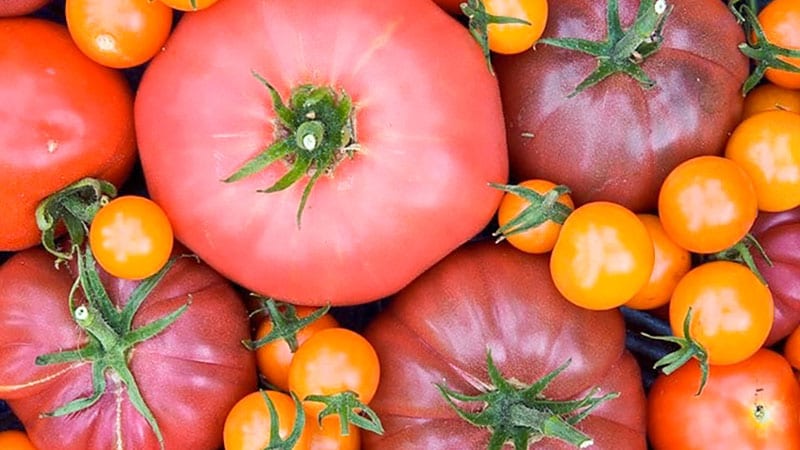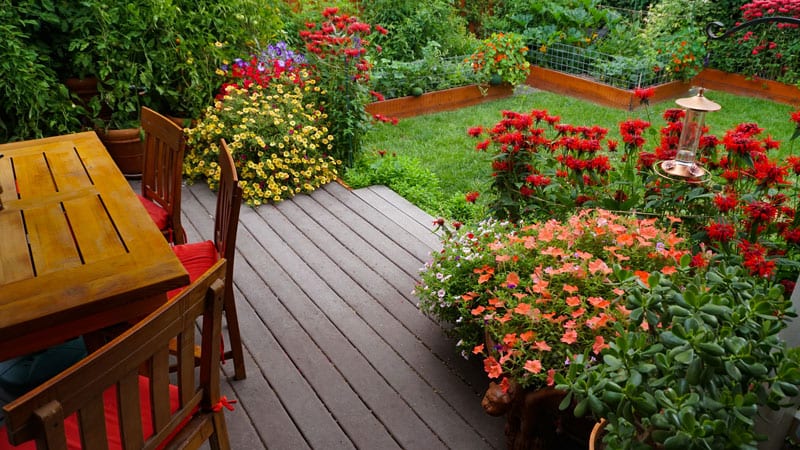Gardening in Central Oregon can be a difficult, yet rewarding task. Weather patterns, the climate and even the soil itself can present challenges for gardeners to overcome, making the success of each plant all the more satisfying.
Amy Jo Detweiler, an Oregon State University professor and OSU Extension horticulturist, has some tips to share to help Central Oregon gardens survive and thrive this season. Detweiler manages the OSU Master Gardener program for Deschutes County; a volunteer-based program that trains and certifies Master Gardeners through the extension services of land-grant universities across the country.
Know the climate
A key mishap that Detweiler sees in Central Oregon gardening comes from lack of experience with the region’s climate. People moving in from regions with different climates often find that Central Oregon growing conditions are far different from what they are used to.
Many gardeners know to prune, or trim off certain parts of their plant, when the weather warms up, in order to maintain their plant’s health and air circulation, while also removing dead branches and leaves. But knowing when to do this can be tricky in Central Oregon. “A big thing is that people want to prune too early. We see that people who come from places like the Willamette Valley and California will trim their plants too early in the season, around January and February, because they are not used to Central Oregon’s climate,” Detweiler said. She recommends Central Oregon gardeners wait until March and April before trimming plants back, to avoid killing the plant or stopping its growth by exposing it to the cold.
Central Oregon’s somewhat unique weather patterns—with warm, sunny days and brisk nights—can take some getting used to for gardeners coming from both warmer and cooler climates. Because of the cool nights earlier in the growing season, the time it takes for a plant in Central Oregon to reach full maturity is longer when compared to other regions. “Gardens in Central Oregon don’t grow at night because of the temperatures. If you buy a bag of tomato seeds that claim to reach full maturity in eight weeks, they would likely take closer to ten weeks here. I tell everyone to add at least two weeks to your estimate of when the plant will reach maturity,” Detweiler said, adding that plants in the region can sometimes grow at around 70 percent their normal rate.

Understand the soil
Aside from the climate, the soil in Central Oregon can also cause some new gardeners to scratch their heads in frustration. “Central Oregon soil is neutral to basic, on the PH scale,” Detweiler said. “Some popular plants people want to grow, like blueberries, rhododendrons and more, all require more acidic soil.”
Making the soil in your garden more acidic might sound like an easy fix, but Detweiler warns against some of the more popular methods of acidifying your garden—like sprinkling coffee grounds or pine needles. Detweiler says that both of these methods are myths that don’t really do much. Sure, coffee grounds are acidic, but the amount you can dump in your garden won’t change the PH value of the soil by any discernible value; same goes for pine needles. There are real ways to acidify your garden’s soil, but these are all very expensive and complicated methods, and are not recommended for most home gardeners.

Choose plants carefully
At the end of it all, gardening success truly lies in choosing the right plants. Having an understanding of each plant’s weather and climate, watering, soil and sunshine requirements will save any gardener trouble down the road.
Gardens in Central Oregon require plants that are cold-hardy enough to make it through our long and cold winters, while also being adaptable enough to make it through the summer heat. Otherwise, gardeners need additional equipment like a frost blanket to keep their more sensitive plants from dying in the cold.
Detweiler also recommends researching your chosen plant yield, and to try not to waste water on plants that will eventually be thrown away because they grew too much produce.
With a good grasp on the garden’s yield, the Central Oregon climate and the patience to do things a bit slower, any gardener can be successful in Central Oregon.





